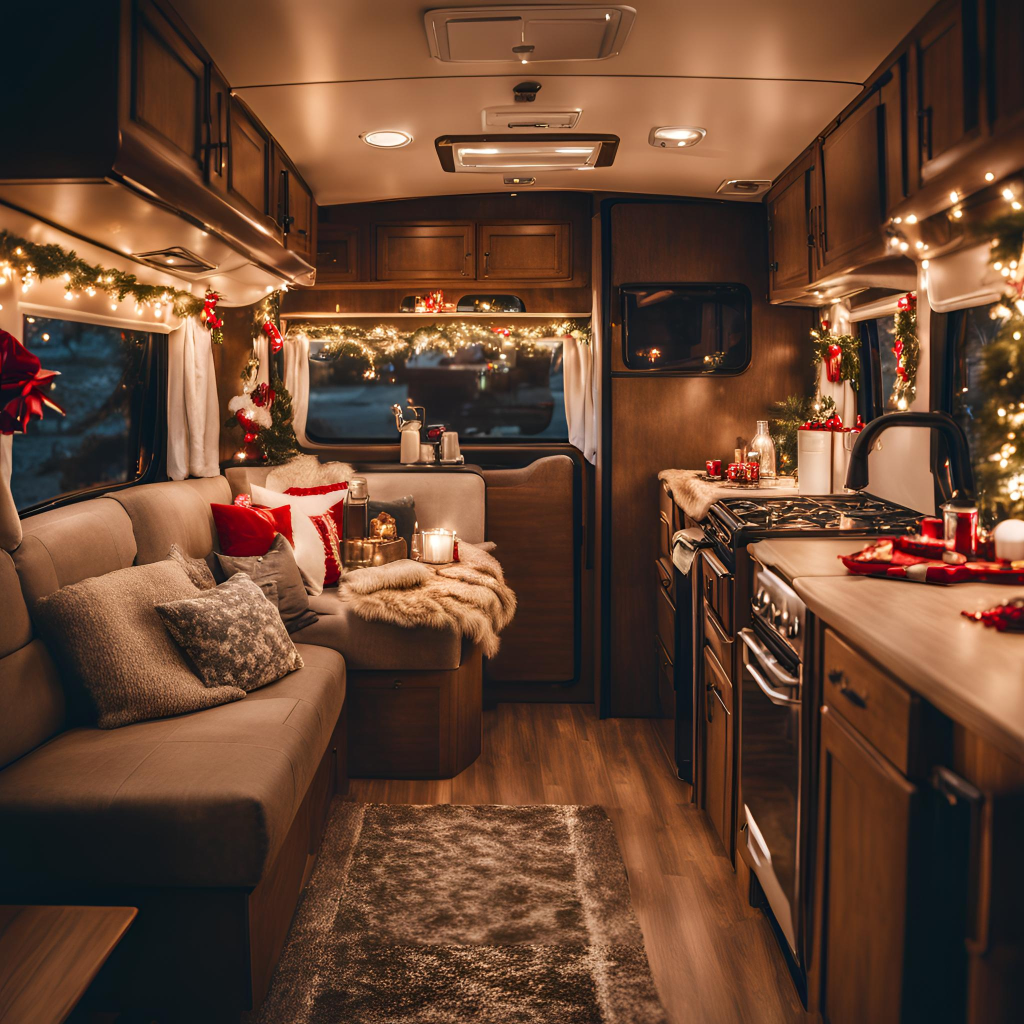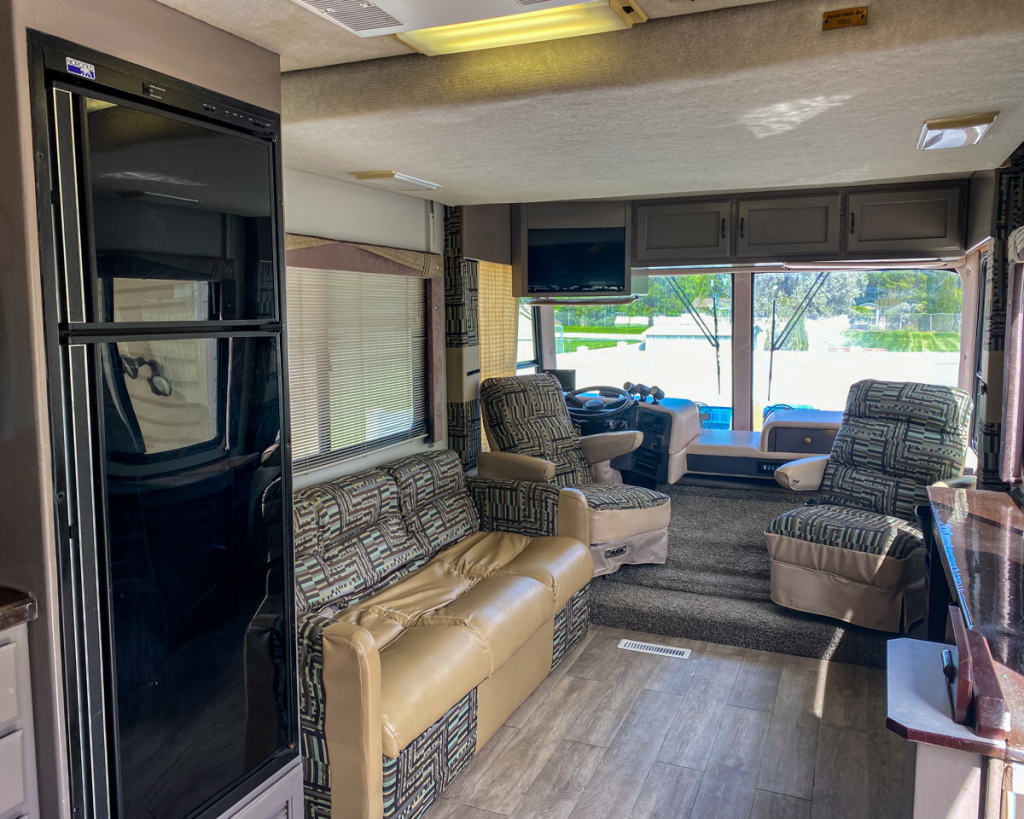Let’s face it, RVing can be so much until the temperatures start to drop and it’s time to put your RV into winter storage. But as winter is coming to an end, it’s time to start thinking about getting your RV back on the road.
It’s not going to be easy, but by following these steps on how to dewinterize your RV, I know that you’ll be able to avoid any expensive mistakes and get your RV back to its tip-top shape in no time.
Step 1: Inspect the Exterior
Before even thinking about turning on any systems, it’s important to give your RV a thorough exterior inspection first when RV dewinterizing. This includes checking for any damage that may have occurred during the winter months such as cracks or leaks, as well as making sure all seals and seams are still intact.
You should also check for any signs of unwanted visitors like rodents or insects.
If you notice any major damage, it’s best to address it before moving onto the next steps. But if everything looks good, move on to step 2.
Step 2: Check the Tires
After being stationary for a few months, your RV’s tires may have lost some air pressure. It’s important to check the tire pressure and adjust the preassure before hitting the road.
You should also inspect the tread and sidewalls during this dewinterizeing inspection. Look for any signs of wear or damage. If the tires look worn or damaged, you may want to consider replacing them before taking your RV out on your first spring trip.
Step 3: Reconnect All Batteries
If you disconnected your batteries during winter storage, now is the time to reconnect them. Before doing so, make sure to clean any corrosion off of the terminals and ensure that they are securely connected.
Once reconnected, test all systems and appliances in your RV to make sure they are functioning properly.
Step 4: Flush the Water Systems
Before using any of the water systems in your RV, it’s important to flush them out. This includes the fresh water tank, as well as all pipes and faucets.
Run clean water through each system until it runs clear to remove any antifreeze or debris that may have accumulated over winter.
Make sure you put back all the filter cartridges that you removed when your winterized your RV, if your water heater has a bypass mode, now is the time to turn off the bypass and fill it with water.
Read related blog: Ultimate List Of 17 RV Bathroom Storage Ideas
Step 5: Test All Appliances

Similar to testing the batteries, you should also test all appliances in your RV to make sure they are working correctly. This includes things like the refrigerator, stove, oven, and air conditioning unit.
If you notice any issues with these appliances, take care of them before going on that first RV trip.
Step 6: Check for Pests
Unfortunately, RVs can be susceptible to pests like mice and insects during winter storage. Before hitting the road, thoroughly inspect your RV for any signs of infestation.
If you do find evidence of ants in your RV, or possibly mice, you’re going to want to get rid of them before using your RV. I’ve talked with several RVers going back to their RVs after a long winter with rodents and other pests living inside, and sadly it’s very common.
Make sure to set traps or use natural repellents to keep these unwanted guests away.
Step 7: Pack Necessary Supplies

Before heading out on a trip in your newly opened RV, make sure to load up with all the RV must haves you need. This may include things like bedding, kitchen utensils, toiletries, and camping gear.
It’s also a good idea to bring along some RV tools in case of any unexpected mechanical issues on the road.
Step 8: Check the Propane System
If your RV has a propane system, it’s important to check it for any leaks or issues during your dewinterizing RV process. Make sure all connections are tight and there are no visible cracks in the lines.
You should also test the propane appliances, such as the stove and oven, to be sure they are working.
Step 9: Hit the Road!
Once you’ve completed all of these steps and made sure everything is working, it’s time to hit the road! Enjoy your first RV trip of the season in your newly opened and prepared RV.
Enjoy the Journey
Okay, so YES it’s important to dewinterize, do basic RV maintenance, and have an RV checklist when setting up your first time. Just don’t forget to enjoy the journey and exploring new places!
Discover some of the most popular RV destinations in the summer, or plan an RV trip to and do some camping in National Parks.
